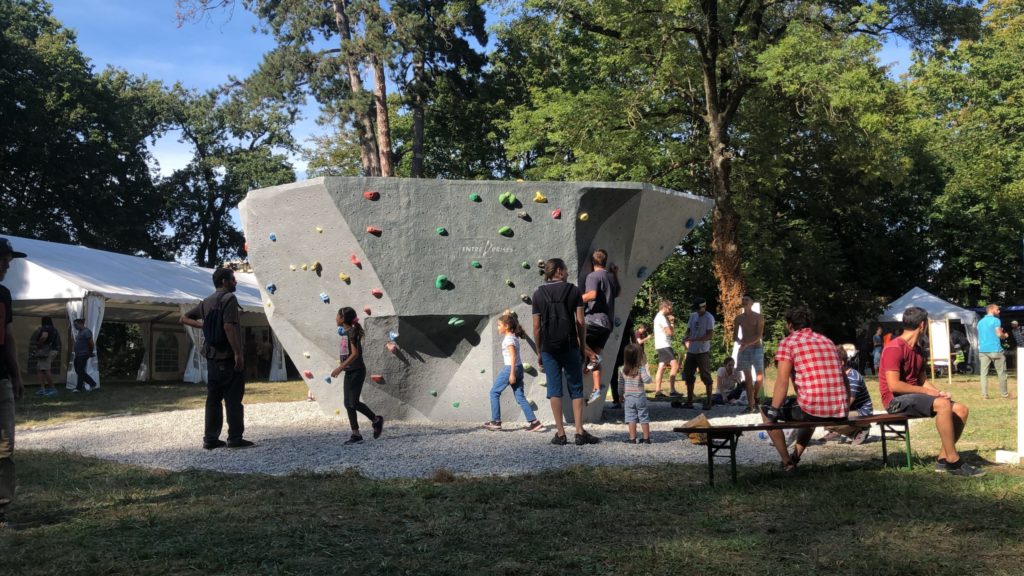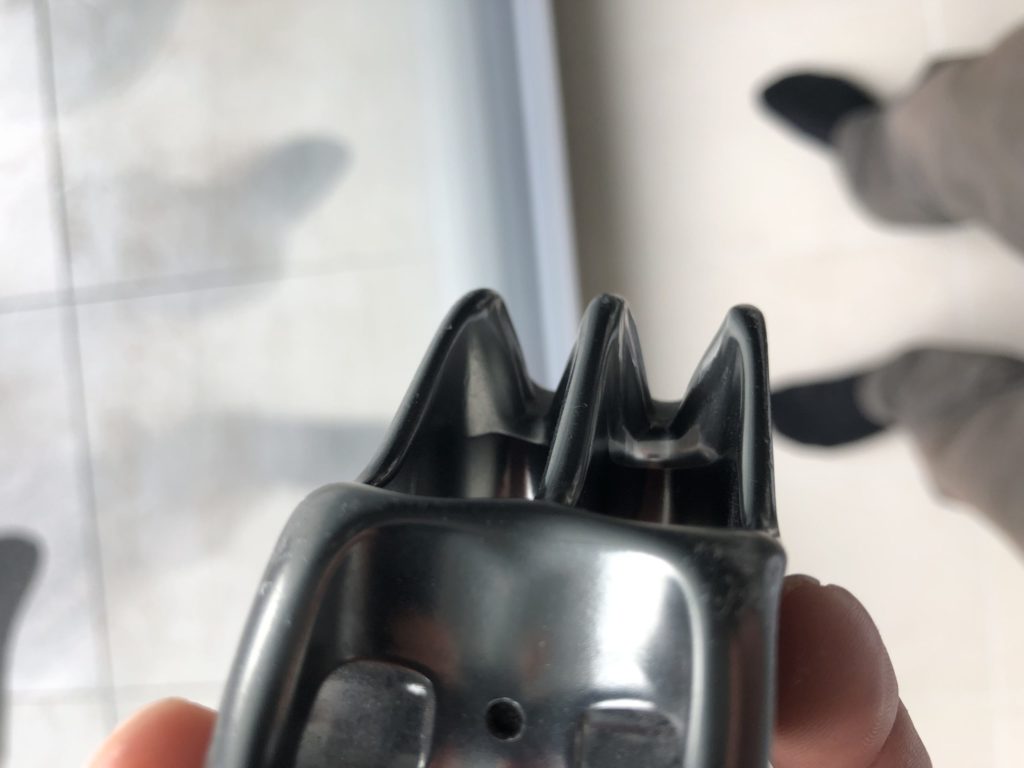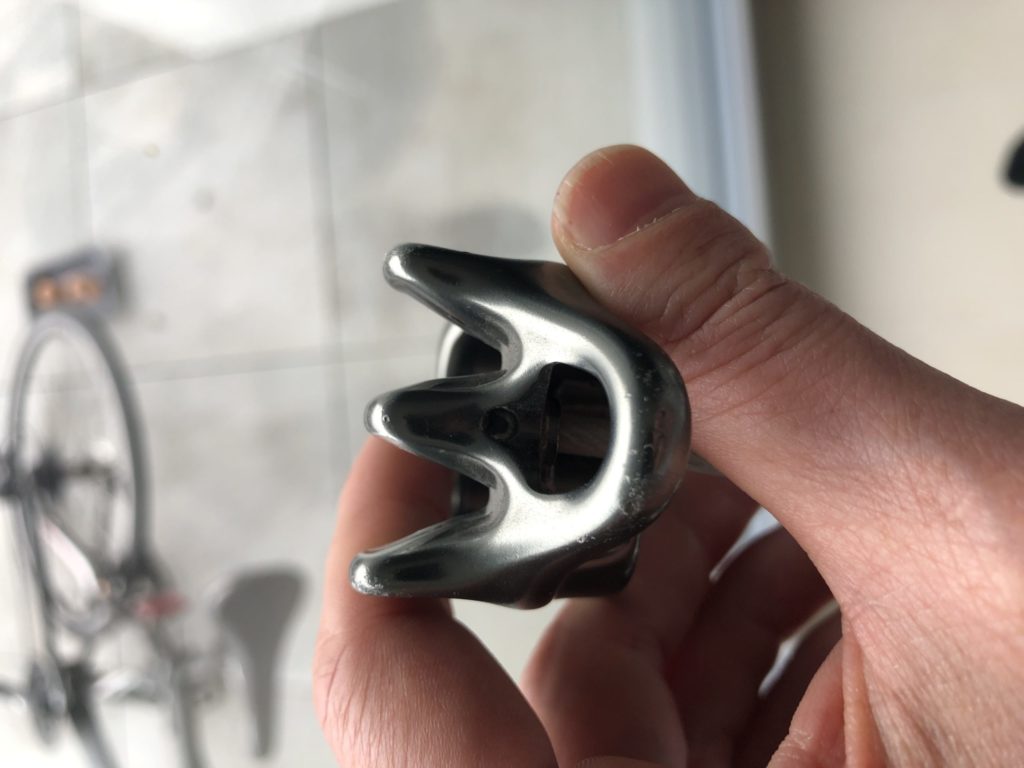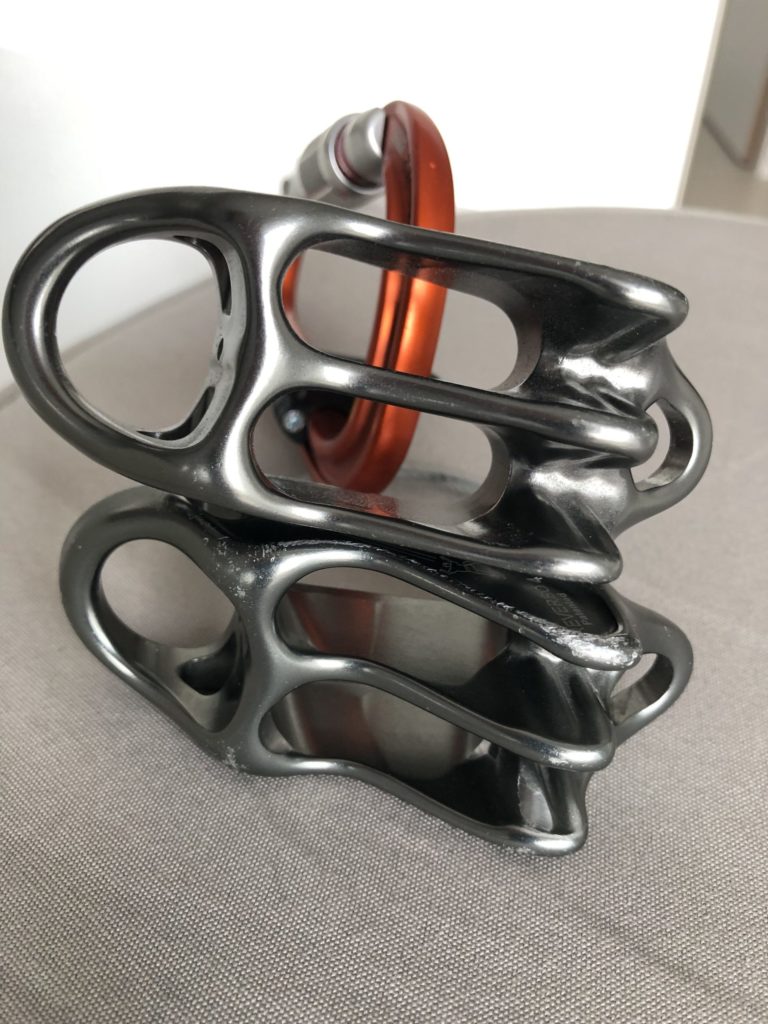The Dawn Wall film
One of the reasons for which this film is so powerful is that it’s written in the way that Heinrich Harrer wrote about the Eiger. It’s documenting not just a single attempt but the entire process. In doing so we get to know the people well. It gives us some context about their early days and then it spends a big amount of time on the process that led to a
When we watch short films about climbing we sometimes see the trials and errors but those trials and errors are over days and weeks, not seasons and years. It documents the process by which Tommy Caldwell spent years exploring the entire rock face to find a route that was practicable. This is the level of detail that we got in The White Spider. You even have some of those ice falls in this film although only briefly.
One of the nicest moments in this film, and in this story, is when Tommy Cadwell gets to the Wine Tower and decides that, instead of continuing up the climb he would wait until Kevin Jorgenson made it across pitch 15. That’s a great example of friendship, companionship and compassion. It’s great when people suspend their own goals for another person in this fashion. That’s what makes climbing and practising other people so much better. It’s finding people that want you to succeed as much as they want to succeed themselves. “I don’t want this victory to be alone,”
I also like how this film is shot. I like the use of tight shots on the hands, of tight shots on the feet, of shots from down in the valley looking up and of wide shots where you see the climbers and the crew filming. I also like the use of timelapse. This, to a great
It does have some great mapping of the routes on that wall. These maps are used to show the routes that other people have created, the routes that he climbed to get to know the wall and then the routes that he opened himself. The most fascinating use of mapping is when you see all of the variants that he explored before climbing the Dawn Wall successfully. You see a few metres here and there, you see how some create longer routes, and then you see the variants. You also see the gaps where they’re facing a challenging climb.
I think that one of the strengths of this team is that it’s made up of a boulderer and a rock climber. With this combination you have two distinct climbing specialities, that when combined offer a great pairing. One example is the dyno move. As a boulderer part of the game/art of this discipline is being able to make jumps that catch tiny finger holds. The strength of having a rock climber is that he has gained experience of climbing techniques, route finding. In this case the fact that Tommy Caldwell has spent so long studying this problem is that he knows the climb by heart.
I would definitely recommend watching this film if you like climbing as a sport, like reading about climbing and like watching it. I would also recommend it if you want to see a film about collaboration and compassion. How it was filmed and edited is also worth the time. I never found bits long or boring. It’s an excellent film.





